(Detailed interpretation of tariff policy, correction of previous quick interpretation of clerical errors; Explains the classification rules for small packages under 10kg; Introduced the change of phosphate fertilizer tariff number...)
Fertilizer Import and Export in 2017
Tariff Policy
On December 23, 2016, the Tariff Commission of the State Council officially announced the "2017 Tariff Adjustment Plan". The adjustment of import and export tariffs on fertilizer-related products and raw materials is as follows: 1. The overall import tariff rate remains unchanged; 2. Except for the listed fertilizer varieties containing potassium, the export tariff of other fertilizers is reduced to zero; 3. The total export quota of phosphate rock is reduced, and the export tariff rate is reduced; 4. The import and export tariff numbers of organic-inorganic compound fertilizers and phosphate fertilizers such as calcium and heavy calcium have changed.
In 2017, China continued to implement import tariff quota management for urea, diammonium phosphate and nitrogen, phosphorus and potassium ternary compound fertilizers. The nominal import tariff rate within the quota was 4%, and the actual provisional tariff rate was 1%. For the import of these three fertilizers outside the tariff quota, the most-favored-nation tax rate is 50%, and the ordinary tax rate is 150%. For many years, the actual import volume of these three fertilizers was much lower than the tariff quota amount.
the import of nitrogen fertilizers other than urea, China has promised an MFN import tax rate of 4%. For the import of phosphate compound fertilizers other than diammonium phosphate and nitrogen, phosphorus and potassium ternary compound fertilizers, the MFN import tax rate promised by China is 3% in name, which is actually implemented at a provisional tariff of 1%. For the import of various potash fertilizers, China's promised MFN import tax rate is 4% in nominal terms, which is actually implemented at a provisional tariff of 1%. Imports of these fertilizers that are not subject to tariff quota management from countries or regions that have bilateral agreements with China and from the least developed countries may be subject to a minimum of zero tariff in accordance with the agreement or the commitment of the Chinese Government.
In 2017, China's response to somefertilizerraw materials shall be subject to a provisional low tax rate: the nominal tax rate of the most-favored-nation (MFN) for sulfur is 3%, and the nominal tax rate of the most-favored-nation (MFN) for sulfuric acid is 5.5%, and the provisional tax rate of the most-favored-nation (MFN) for phosphate rock and synthetic ammonia is 5.5%, with a provisional zero tariff.
are zero-tariff.
Compared with 2016, the main changes in China's fertilizer export tariff policy in 2017 are: the abolition of nitrogen fertilizer export tariffs such as urea and ammonium chloride; the abolition of export tariffs on heavy calcium, calcium and other phosphate fertilizers; the abolition of monoammonium phosphate, diammonium phosphate, and nitrogen and phosphorus Export tariffs on compound fertilizers such as binary fertilizers; export tariffs on nitrogen, phosphorus and potassium ternary compound fertilizers were lowered from 30% to 20%; export tariffs on potassium chloride, potassium.
According to the new plan, in 2017, China will retain export tariffs on fertilizers listed as potassium in the tariff, and all other fertilizers will be exempted from export tariffs. The potassium-containing fertilizers listed in the tariff are: potassium chloride (specific amount 600 yuan/ton), potassium sulfate (specific amount 600 yuan/ton), potassium nitrate (ad valorization 5%), potassium-containing mineral fertilizers (ad valorization 30%), nitrogen, phosphorus and potassium ternary compound fertilizer (ad valorization 20%), phosphorus and potassium binary compound fertilizer (ad valorization 5%). For other fertilizers that may contain potassium, export duties shall be exempted according to the rules for the classification of goods and customs declaration according to the HS code that does not include potassium at the time of export. This type of HS code has 31051000, 31059010 and 31059090.
HS31051000 refers to all kinds of goods made of 31 chapters "fertilizer" in flakes and similar shapes or with a gross weight of not more than 10kg per package. Potassium chloride, potassium sulfate, potassium magnesium sulfate and other mineral potash fertilizers, as well as nitrogen, phosphorus and potassium ternary compound fertilizers, phosphorus and potassium binary compound fertilizers are made into packaging specifications with a gross weight of no more than 10kg. They can be declared according to the 31051000 when exporting. Export duties.
Potassium nitrate is classified as Chapter 28 goods, even if it is made into a specification with a gross weight of not more than 10kg per package, it is not declared in accordance with the 31051000. For nitrogen and potassium binary compound fertilizers other than potassium nitrate, whether produced by compound or compound (mixed), they belong to the 31059090 "other (unlisted) fertilizers" according to the classification rules, and no tariff is imposed on exports.
"organic-inorganic compound fertilizer" that meets the HS31059010 classification requirements, regardless of whether it contains potassium or not, does not impose export duties.
In addition, according to the Ministry of Commerce Announcement No. 60 of 2016, China continued to implement quota management for phosphate rock exports in 2017, with the total export quota reduced from 1 million tons in 2016 to 800,000 tons. The export tariff on phosphate rock was lowered from 20% to 15%..
China's tax code adds organic-inorganic compound fertilizer
organic-inorganic compound fertilizers. China's import and export goods are classified by the International Customs Organization's "Harmonized Commodity Names and Coding System" (HS Top 6), and the national sub-items (HS 7th and 8th) are set under the International Customs Organization's classification principle. In the current Harmonized Commodity Name and Coding System, organic-inorganic compound fertilizers have not been classified as listed goods separately due to the small volume of international trade, but are classified as (HS310590) "other fertilizers. Therefore, in the international trade statistics of various countries, it is not possible to obtain data on the trade volume and trade volume of organic-inorganic compound fertilizers.
According to China's "2017 Tariff Implementation Plan", starting from January 1, 2017, China has split "other fertilizers (HS31059000)" into "organic-inorganic compound fertilizers (HS31059010)" and "other fertilizers (HS31059090)" in its subheading ". In other words, from 2017, China Customs will separately count the import and export data of organic-inorganic compound fertilizers.
"Organic-Inorganic Compound Fertilizer (HS31059010)" has clear product standard requirements. The "2017 Tariff Implementation Plan" stipulates that HS31059010 tariff number goods refer to fertilizers that meet the "Organic-Inorganic Compound Fertilizer" (GB18877-2009) standards; it also clearly stipulates that if GB18877-2009 national standards are updated or replaced, they will be uniformly implemented in accordance with the latest national standards. The current GB18877-2009 standards are applicable to organic-inorganic compound fertilizers made by adding inorganic fertilizers after fermentation and harmless treatment of organic materials such as human and livestock manure, animal and plant residues, and agricultural products processing leftovers. The standard does not apply to organic-inorganic compound fertilizers added with humic acid.
In addition, according to the current VAT refund and exemption policy, unlike other chemical fertilizer exports to be subject to export value-added tax (tax rate 13%), the export of organic-inorganic compound fertilizer is treated as domestic sales exempt from export value-added tax (to be filed with the tax authorities).
heavy calcium calcium and other phosphate fertilizer tariff numbers changed
In 2017, China's import and export tariff items were converted simultaneously with the Harmonized Commodity Name and Coding System issued by the International Customs Organization. After the new harmonized system comes into effect on January 1, 2017, China will change the tariff number of import and export goods accordingly according to the adjustment of the top 6 of the HS code of the International Customs Organization. In this revision, the coding of phosphate fertilizer products has been adjusted.
in the 2012 edition of the International Customs Organization's Harmonized Commodity Names and Coding System, there are two six sub-items of mineral phosphate fertilizer and chemical phosphate fertilizer under the heading "3103": 310310 superphosphate and 310390 single phosphate fertilizer except superphosphate. According to the Convention of the International Customs Organization, when adopting the Harmonized Commodity Name and Coding System, in view of the regulatory needs of trade statistics, inspection and quarantine, export tax rebates, etc., each contracting party can increase the number of digits after the six sub-items to further subdivide the commodity. However, the commodity subdivision of the Contracting State shall not break through the classification rules of the top six items. The above-mentioned addition of organic-inorganic compound fertilizers in China is the addition of the 7-8th national sub-item tax number on the premise that the top 6 remains unchanged. By the end of 2016, the 310310 superphosphate items in China's import and export tariff were subdivided into two categories: 31031010 superphosphate and 31031090 other superphosphate. At the time of import and export declaration, the 8-digit commodity number of heavy superphosphate shall be filled in "31031010", and the 8-digit commodity number of ordinary superphosphate and rich superphosphate shall be filled in "31031090".
was changed in 2017, the 8-digit tariff number of heavy superphosphate was changed to "31031110" and the 8-digit tariff number of ordinary superphosphate was changed to "31031900". Other superphosphate (rich superphosphate) is divided according to the content, according to the weight of phosphorus pentoxide (P205) content of 35% or more according to the "31031190" tariff number; If the content is lower than 35%, it shall be declared as "31031900" (same as ordinary superphosphate).
All calcium superphosphate export tariffs in 2017 are subject to zero tariffs, and misreporting of HS tariff numbers does not involve evasion of tariffs. However, the customs can still give a warning or impose a fine of 1000 yuan up to 10,000 yuan on the grounds of affecting the accuracy of customs statistics. Therefore, import and export enterprises should pay attention to the change of tariff number of relevant goods and make preparations in advance.






